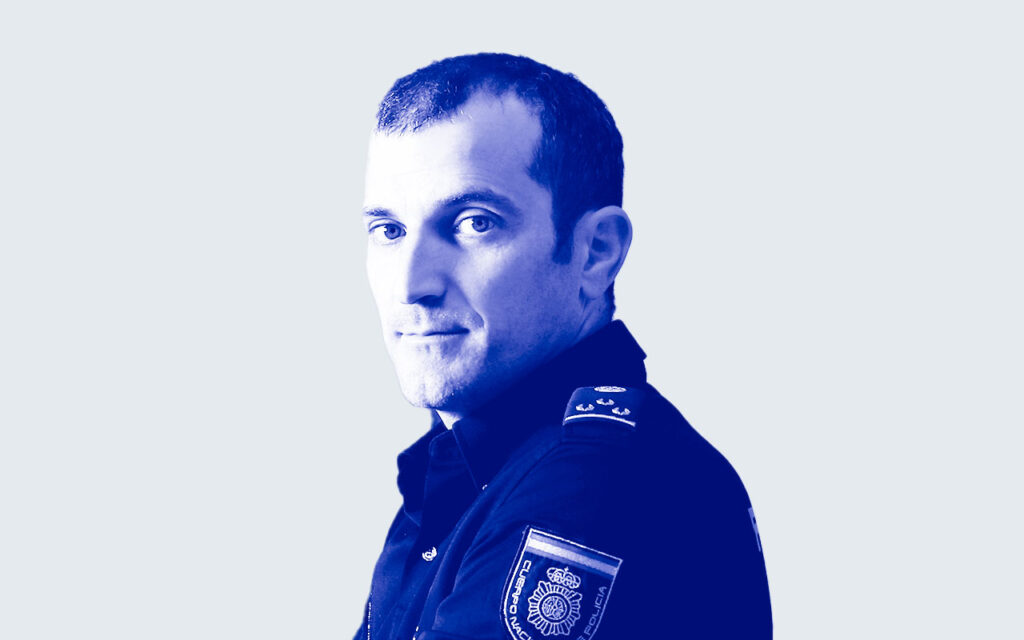
Sergio Castro
Police Inspector at the Forensic Sciences Heardquarters and Face Image Comparison Expert at Spanish National Police
ABOUT
Sergio Castro Martínez serves as an Inspector with the Spanish National Police, dedicated to the field of facial identification since 2008. In 2014, he assumed the role of Head of the Facial Identification Group at the Forensic Sciences Headquarters, subsequently becoming its Technical Director in 2015. His remarkable contributions extend to international projects, notably as a member of the Interpol Working Group since 2015, representing Spain.
Since 2015, Sergio has also played a pivotal role as a member of the Interpol Disaster Victim Identification (DVI) Working Group’s Steering Committee. In this capacity, he has actively worked towards updating Interpol protocols for DVI, organizing the annual Interpol DVI conference, and fostering an international network for disaster victim identification.
Furthermore, his involvement in European initiatives is evident through his leadership role since 2018 as the ENFSI (DIWG) Facial Image Comparison Subgroup Leader, participating as steering committee member and coordinator to enhance collaboration within the European forensic community. Since 2022, he is also a member of the Europol EUCB Facial Image Comparison Core Group.
Sergio’s dedication to advancing the field of forensic sciences, particularly in facial image comparison, reflects his commitment to international collaboration and the enhancement of protocols and practices to advance global standards in human identification.
CONFERENCE
Automated Facial Recognition Tools in Forensics
Until now, facial identification in the forensic field was limited to 1:1 comparisons, in other words, a specific candidate was required to do the comparison. Consequently, the usefulness of this technique both in the police and the judicial field was limited to verifying whether the person appearing in certain images was the intended candidate.
From this year on, with the implementation of the new ABIS system module and its automatic Facial Recognition tool, it is now possible to search for candidates for given images. In short, investigation groups can count on a new tool to know the possible identity of the perpetrator of a criminal act seen in a given image.
During this presentation, we will go in-depth into the following topics:
- The main virtues and limitations of these tools
- The need for forensic experts as users of these systems as well as what qualities and training they should have
- How they react to different image qualities and variables
- How to deal with the results reporting process
- What are the biases of automatic facial recognition tools and how to minimize them?
- The main challenges in the implementation process of this type of tool
All this without losing focus on the international perspective, where important movements are also taking place in this field such as in the field of Interpol, Europol, EES, Eurodac, and others.
Finally, we will briefly describe the ACEV process followed by the expert to verify the 1:1 results in case this is required.